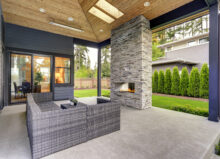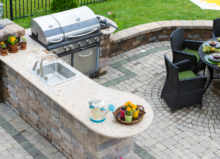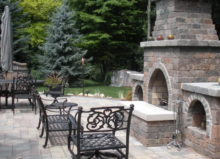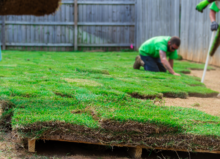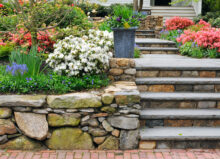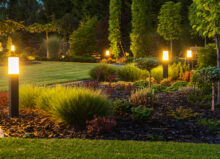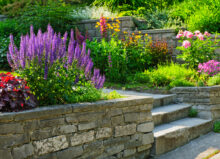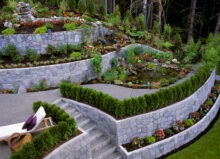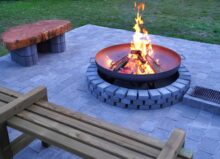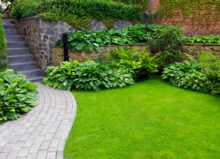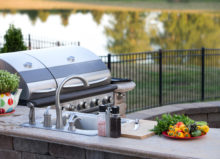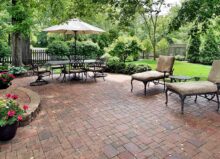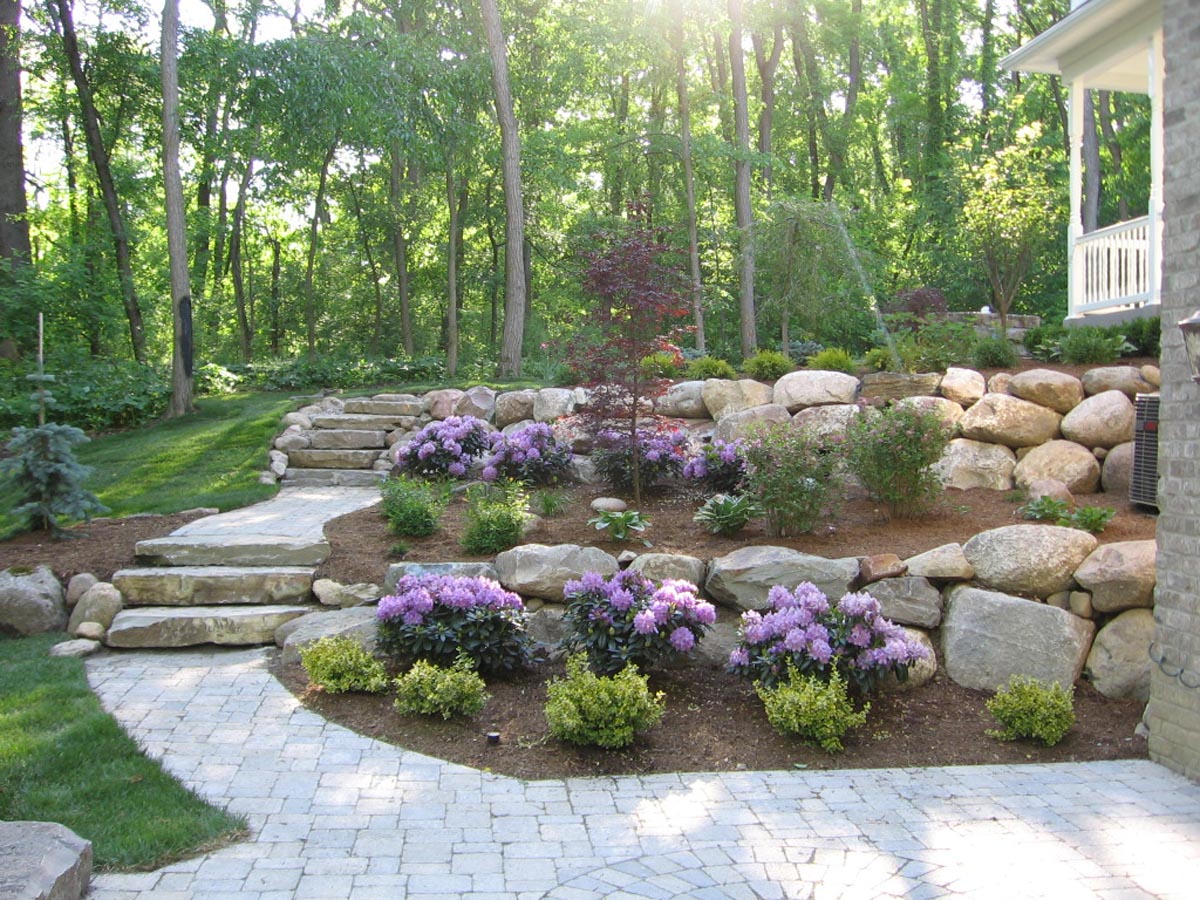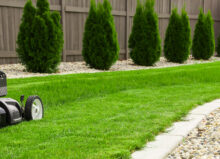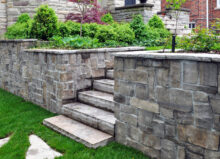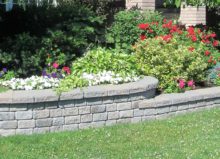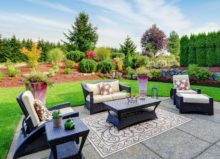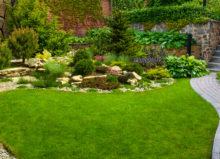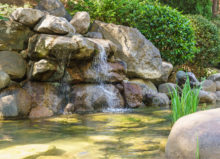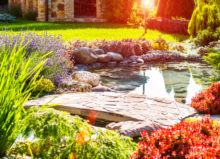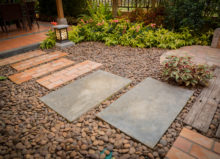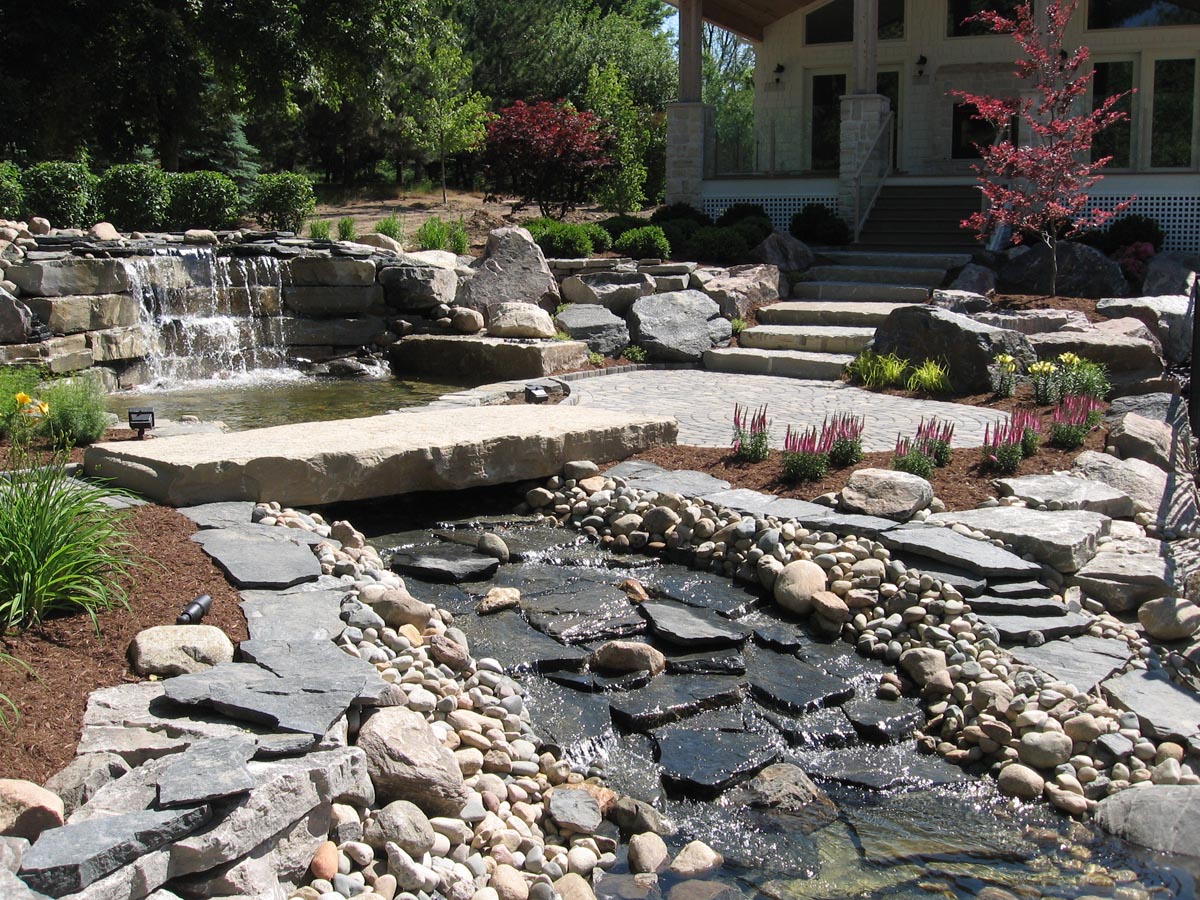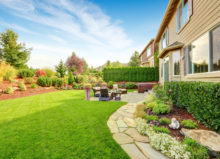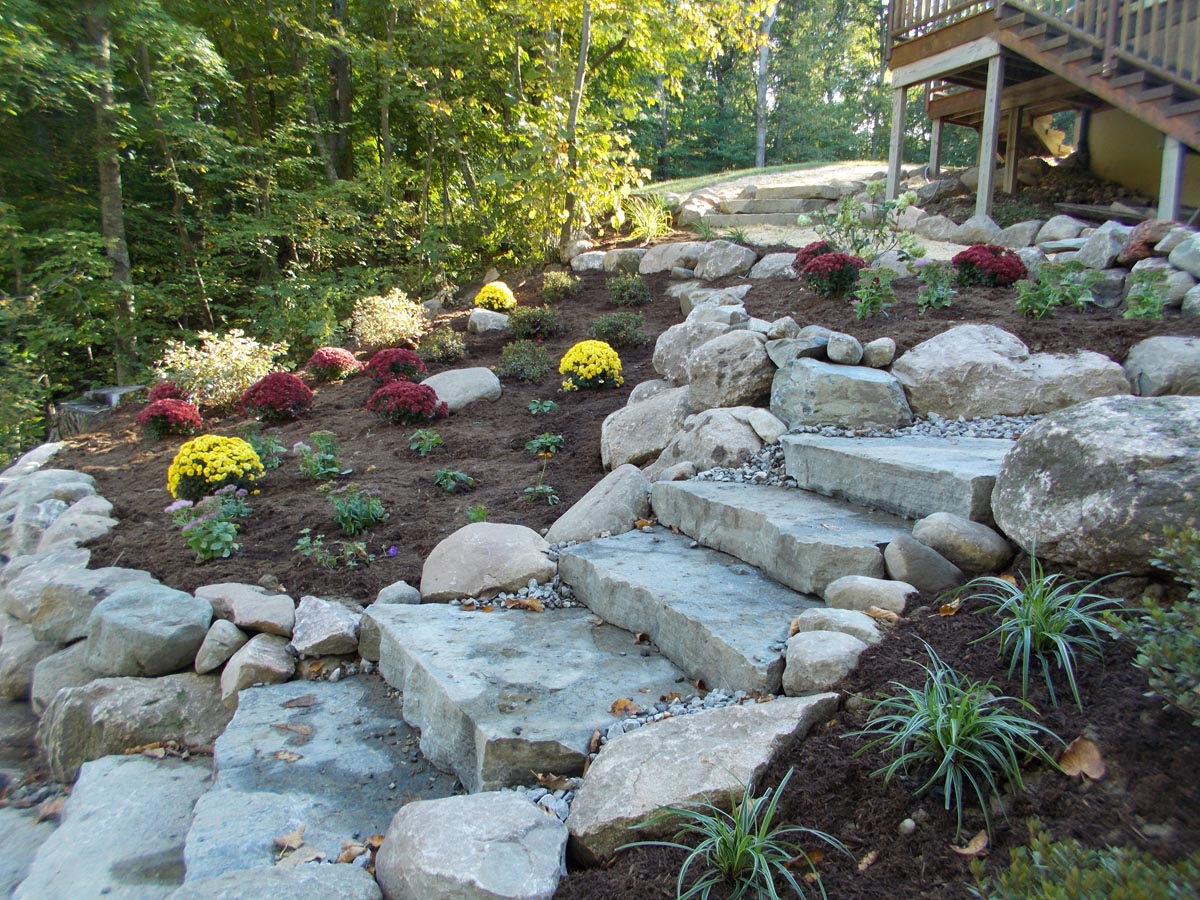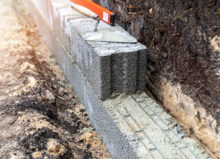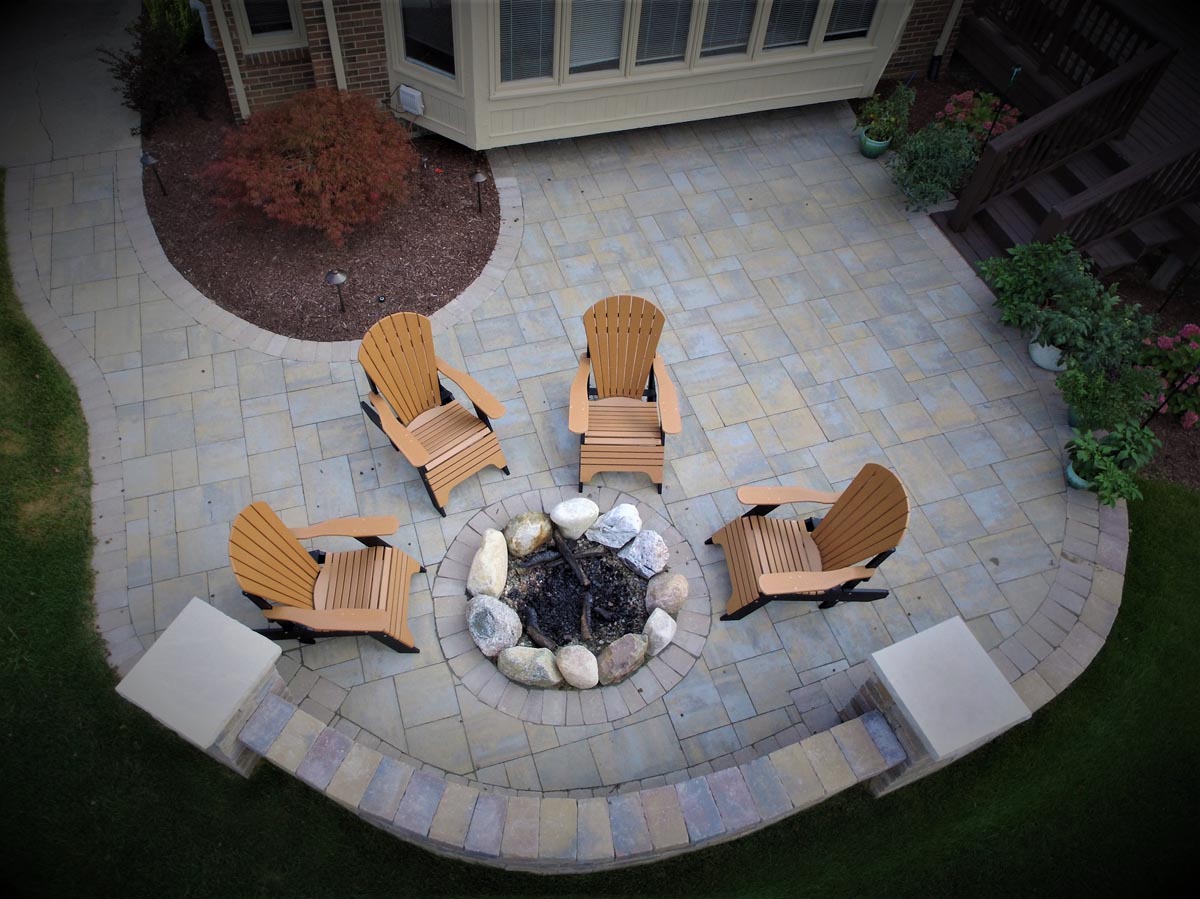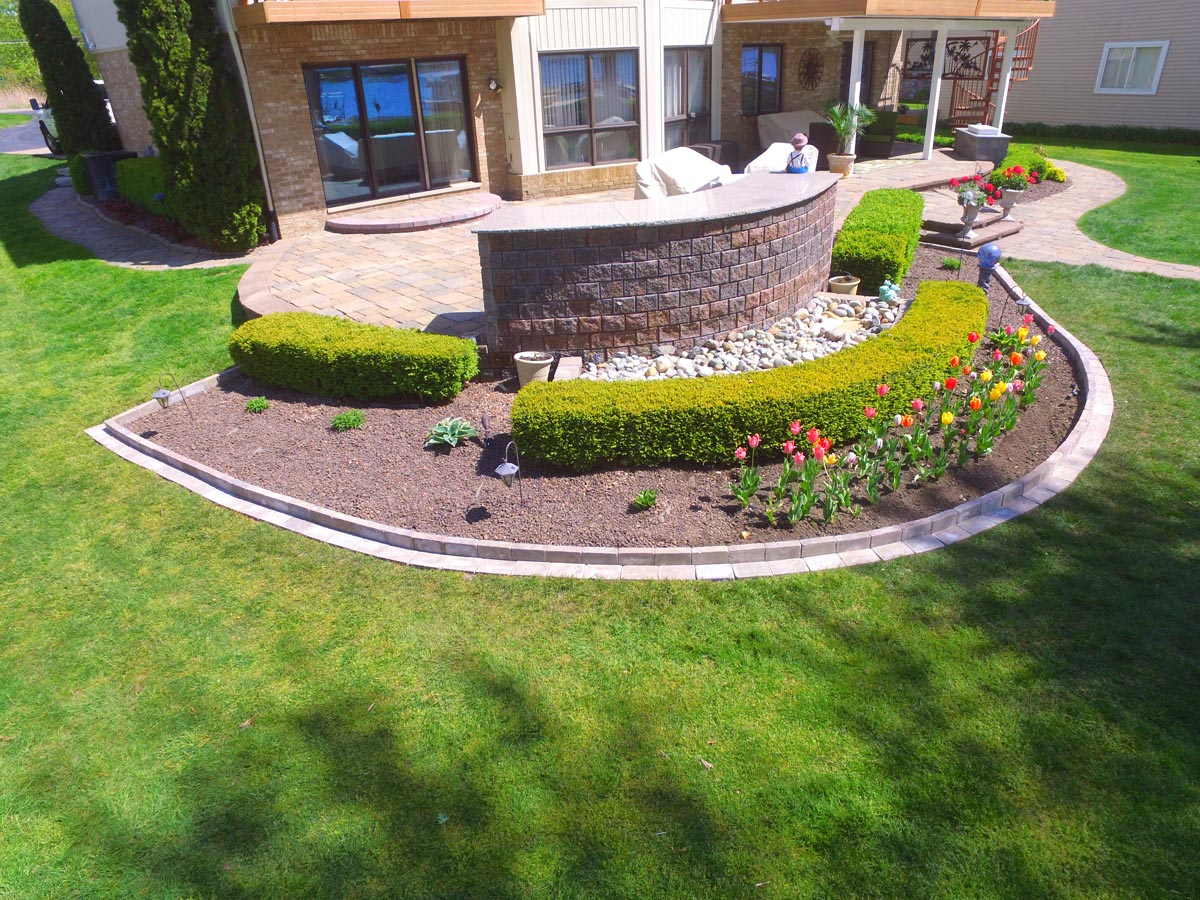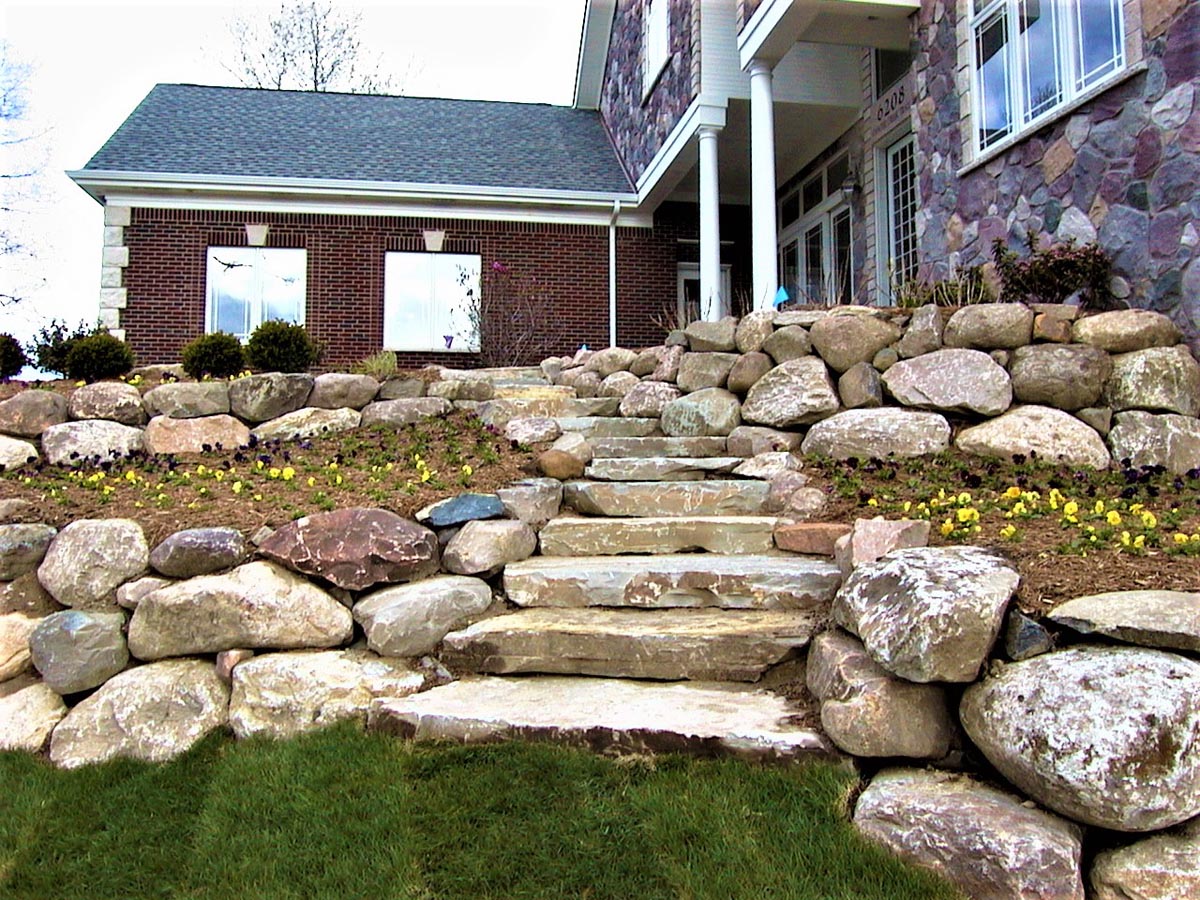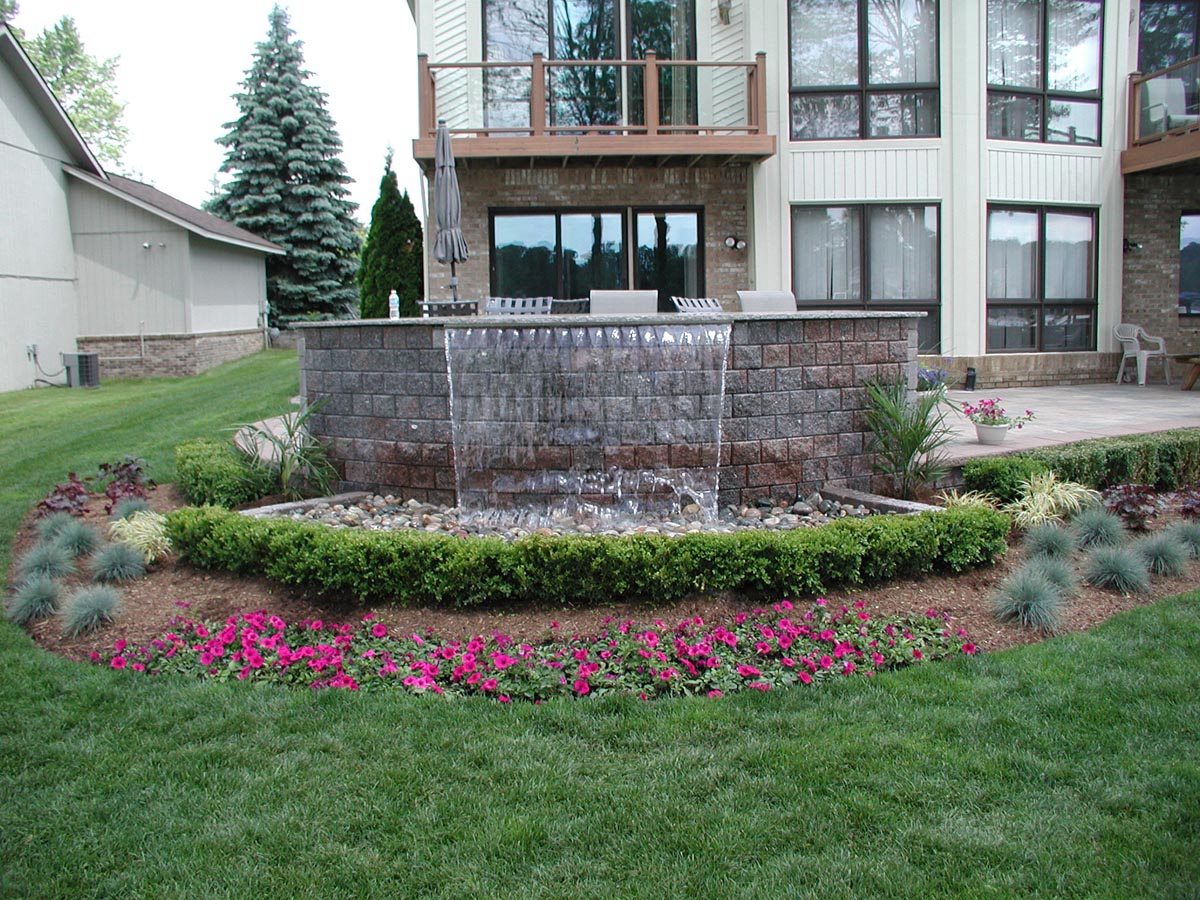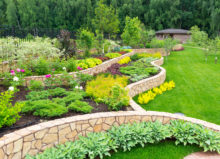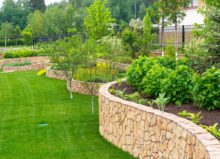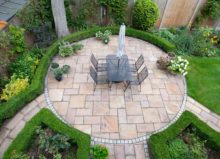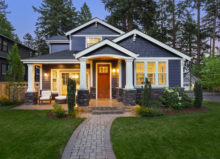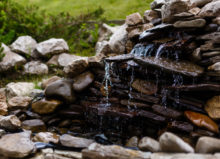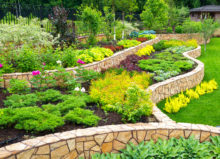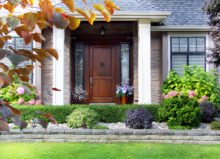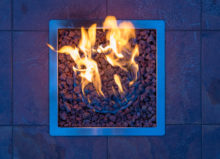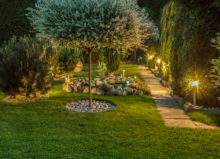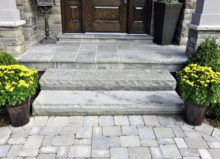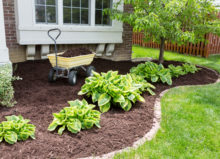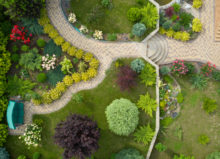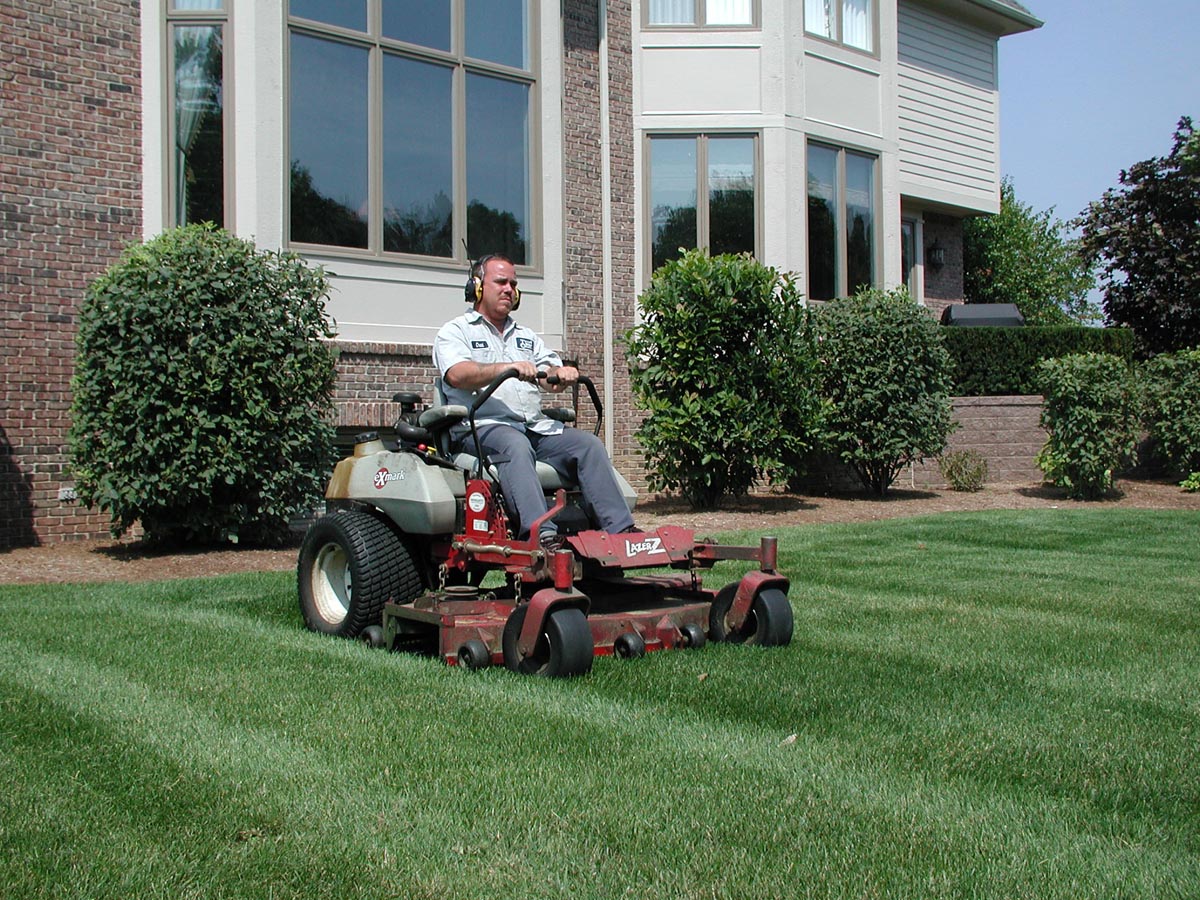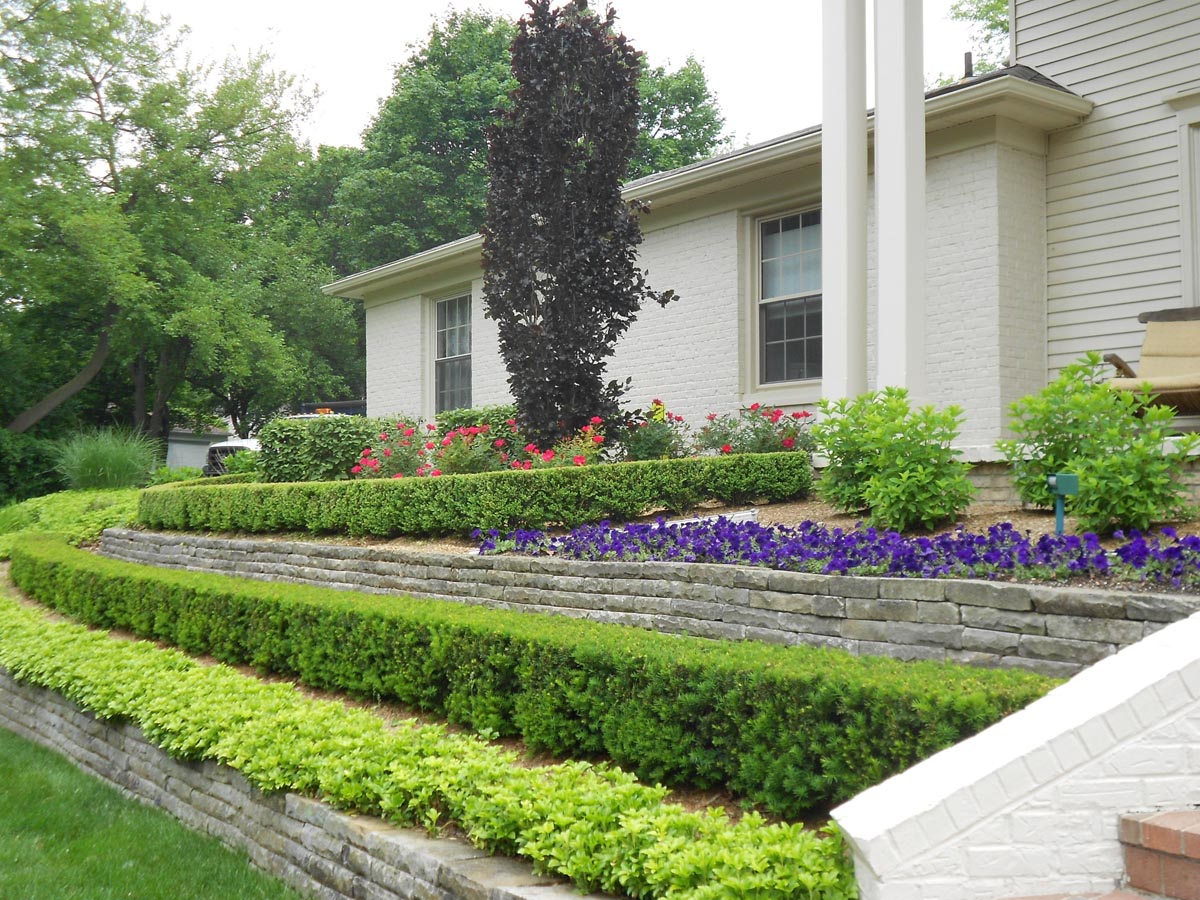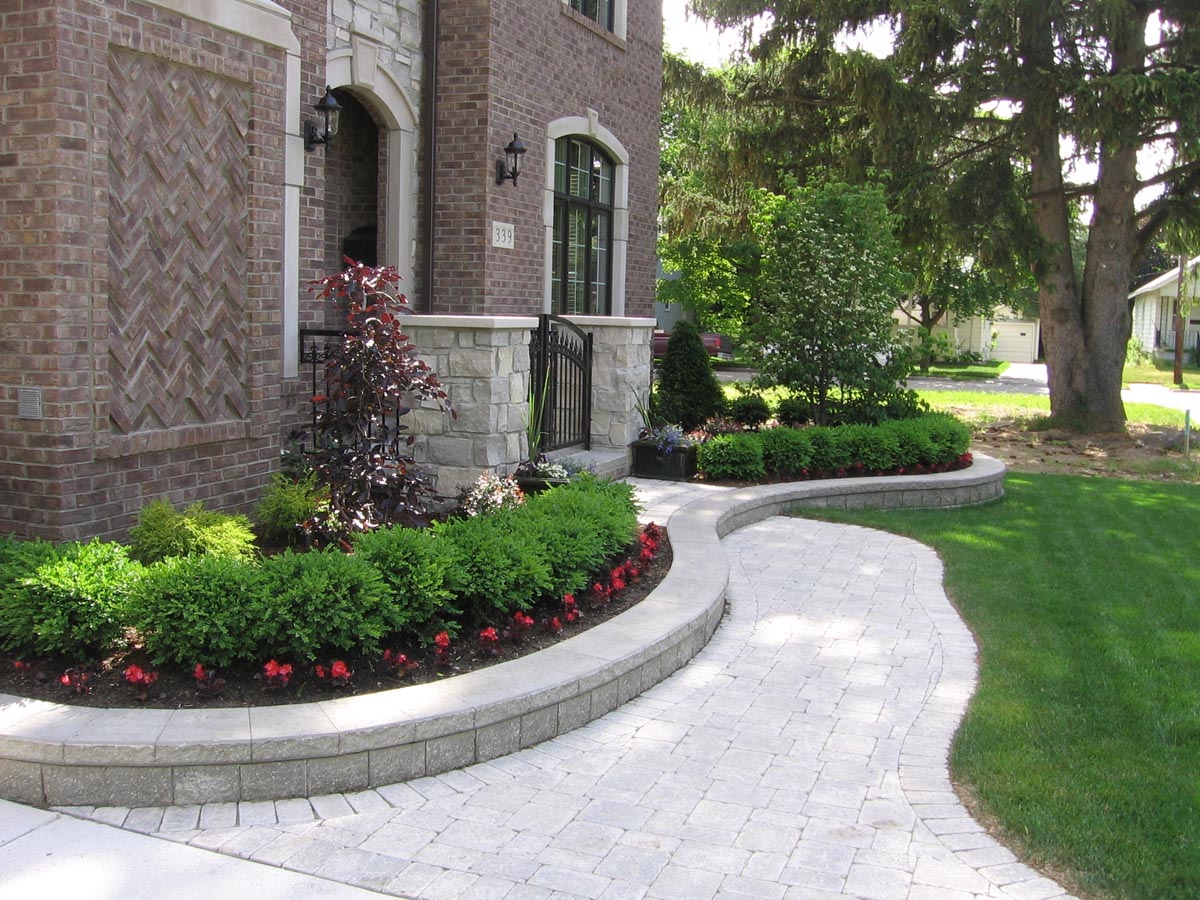Choosing the Right Pavers for Your Backyard Patio
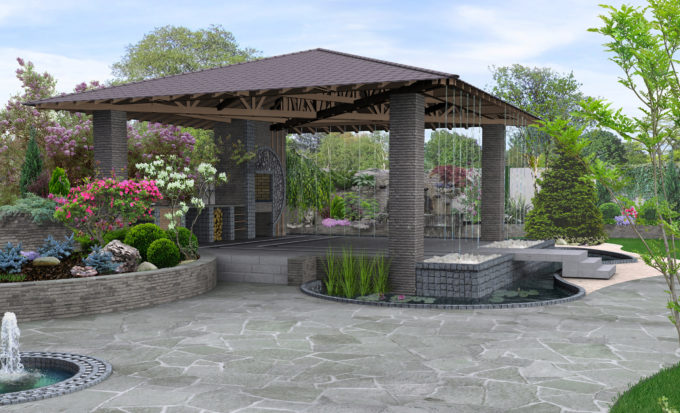
A backyard patio is a place to gather with friends and family and spend time together when conditions outdoors allow it. Homeowners are increasingly looking to continue the indoor living environment in their outdoor living design. Your patio installation doesn’t have to be identical to the interior design, but it should complement it in some way.
Using pavers rather than concrete slabs is a good way for your patio to reflect your personality. There is a wide range of pavers available in different shapes, colors, and materials. You should consider these when choosing pavers, as well as the pattern in which you intend to lay them out.
Pattern
Before you can begin paver patio installation or even buy the pavers, you need to determine how you intend to lay them out. This is the pattern, and it affects many other decisions you have to make when planning out your patio, including the shape of the pavers and possibly the color.
However, there are also factors that influence what sort of pattern you should choose. The shape of your patio is a good example. Most patios are square or rectangular shaped, but some are round while others are freeform. The area where you intend to build the patio can influence both the shape of the pavers themselves and the pattern in which you choose to lay them out.
The size of your patio also makes a difference. The pattern that you choose can affect the way that people perceive the space. For example, perhaps you are building a large patio that can accommodate several activities at once. However, you do not want it to seem as though it is sprawling all over the yard. By laying rectangular pavers in orderly grids, you can help the patio feel tighter and more unified. Maybe you have the opposite problem: You have a very narrow patio and you want to make it feel wider. You can accomplish this by laying the pavers in a horizontal or diagonal fashion to open the area up.
The type of pavers that you choose also makes a difference. For example, architectural slabs are created in random shapes to mimic the appearance of natural stone. Because these pavers do not interlock with one another, they have to be laid out in a random pattern.
The pattern doesn’t have to be either completely random or entirely uniform. By combining pavers of different shapes, you may be able to create a pattern that seems random but is recognizable upon further study.
Shape
Pavers come in many different shapes. These are a few of those more commonly available:
- Rectangles
- Squares
- Diamonds
- Octagons
- Circles
- Zigzags
Shapes such as these interlock with one another to form regular patterns. You can add some visual variety by combining one or more shapes of pavers, such as small squares between large octagons.
The shape of your pavers should reflect the style of your home in some way. For example, a home with arched doors or windows should have curved pavers, whereas if the home has a lot of straight lines, you should choose geometric pavers and lay them in simple patterns.
Paver shapes and patterns can influence one another significantly. Certain paver shapes work better in certain patterns. However, it is usually easy to cut pavers that do not fit perfectly into your pattern. Therefore, the pattern may have a bigger influence on paver shape than vice versa.
Color
One of the most complicated choices you have to make when choosing pavers is their color. Color can play into the pattern that you choose, or it may be independent of it. In other words, you can choose different colors for your pavers and work them into the pattern, or you can choose one color for the entire patio. In the latter case, the color has no bearing on the pattern.
Pavers come in a wide variety of colors. Many of these are neutrals, such as beige, brown, tan, and light and dark shades of gray. Red is a common color for pavers because many of them are made of brick, or at least designed to mimic its appearance. However, pavers may also come in brighter colors, such as blue, yellow, or purple. Some may even come in multicolored combinations, giving you even more choices.
Sometimes the individual paver itself includes two or more colors. Multicolored pavers may have a more natural appearance and can hide stains better. On the other hand, pavers of a single color can give the patio a more unified look. It depends partly on what you intend to use the patio for. If you plan to use it as an outdoor eating and barbecue area, you may want to consider multicolored pavers to hide spills. However, if you intend to use it more for outdoor relaxation, e.g., lounging by the pool, or recreation, e.g., playing games with the kids, a single color for the pavers may be more appropriate.
When choosing colors for your patio pavers, you want to choose something that will complement the rest of the house’s exterior appearance. You want your patio to look like it belongs with the rest of the house, extending it out into the yard. One way to do this is to choose pavers that are the same color as your roof, or at least in the same color family. This results in a unified home appearance from top to bottom.
The actual color of the pavers may matter less than the tone, e.g., whether the color is light or dark. The tone of the pavers’ color has both aesthetic and practical implications:
- Consider the amount of sunlight that your patio will receive. Dark colors absorb more light and heat, while light colors reflect them. You may want to consider lighter pavers in an area where people will be walking around barefoot, e.g., around a pool, because dark pavers may absorb too much heat and be hot to the touch. Light pavers may also help to brighten up a shaded area of the yard.
- Light colors show stains more easily than dark colors, which tend to hide them. Therefore, you might want to install darker pavers on a patio where you intend to barbecue or eat outdoors to prevent stains from being noticeable.
- Tone also affects the way you, your family, and your guests perceive the space. For example, if you want the patio to feel small and cozy, choose darker pavers. On the other hand, if you want the space to feel more open, you should choose lighter-colored pavers.
When choosing a color for your patio pavers, you should think not only about how the color looks now but how it is likely to look in a few years. Sometimes the colors fade over time and with exposure to the weather. The likelihood of your pavers fading in color depends partly on the material that you choose and whether the colors are naturally occurring or created artificially.
As you can see, there is a lot to consider when designing a patio and choosing pavers. All the choices may be overwhelming. Fortunately, you do not have to make these choices alone. At Design One Landscaping we have an expert team of landscape designers who can guide you through the process of designing your new patio. Request a free estimate today!

